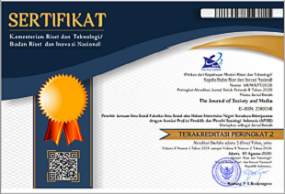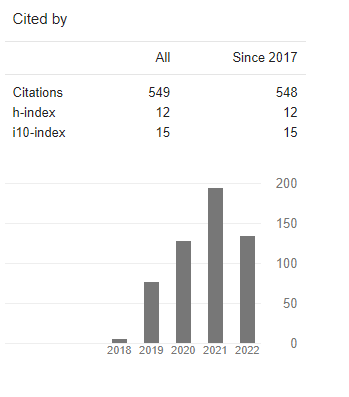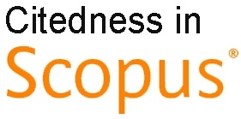Perceived Online Learning and Teacher Immediacy during the Covid-19 Pandemic
DOI:
https://doi.org/10.26740/jsm.v7n1.p154-173Keywords:
teacher immediacy, perceived online learning, students, covid-19Abstract
The study aims at describing teacher immediacy within online learning. Teacher immediacy refers to using verbal and nonverbal symbols to reduce physical and psychological gaps between teachers and students. Immediacy is claimed to improve student motivation in learning. The study employed a mixed method of focus group discussions and a survey of selected senior high schools from multistage random sampling. Results show that perceived online learning is identical to incomprehensible, overload assignments, a shift of the teacher’s role to technology, peer learning, and off-class tutorial participation. On the other hand, online learning is perceived as flexibility in time as students can manage different activities simultaneously. Findings from the survey indicate immediacy negatively influences a shift in teachers’ role to technology, whereas self-disclosure has a positive effect. The results somehow reflect a debatable claim of teacher immediacy impact within the Computer-Mediated Communication (CMC) context. Future examinations on the use of multiple technology platforms in forming immediacy are necessary to better comprehend the teacher’s role in online learning
References
Downloads
Published
How to Cite
Issue
Section
License
Copyright (c) 2023 The Journal of Society and Media

This work is licensed under a Creative Commons Attribution 4.0 International License.
 Abstract views: 261
,
Abstract views: 261
, PDF Downloads: 325
PDF Downloads: 325












